As the brisk chill of Fall sets in on Saskatchewan, hunters are gearing up for a challenging season. The Saskatchewan Wildlife Federation and Saskatchewan Stock Growers Association are raising awareness about the increased risk of wildfires, urging hunters to exercise caution amid dry conditions.
Darrell Crabbe, the Executive Director of the Saskatchewan Wildlife Federation, emphasizes the need for caution due to the current weather conditions. The province-wide fire danger map indicates varying risks, ranging from low to high. With 47 active rural municipality fire bans, 16 urban municipality fire bans, and one provincial park fire ban, the situation demands immediate attention and precautionary measures.
In the face of these challenges, hunters need to be cautious to prevent disasters. Chad MacPherson, the General Manager of the Saskatchewan Stock Growers Association, recommends practical measures such as having a fire extinguisher accessible, obtaining landowner consent before venturing onto their property, minimizing vehicle idling, and strictly adhering to established trails and roads.
But the challenges hunters face extend beyond the threat of wildfires. The unpredictable nature of hunting conditions was starkly demonstrated in a recent incident on Vancouver Island. Thirteen-year-old Carter Burkard emerged as a hero during a hunting trip with his grandfather in the Lake Cowichan area. As they encountered an ATV rollover in snowy conditions, Carter’s swift actions and use of a Garmin GPS device played an important role in calling for assistance.
Despite his initial panic, Carter sent an SOS message to Garmin’s emergency center in Texas. This triggered a series of responses that ultimately rescued his grandfather. Vanessa Baker, an emergency medical call-taker in Kamloops, commended Carter for his calm response. This incident highlights the importance of satellite-based communication devices in remote areas.
As hunters step into the wild, Saskatchewan and Carter Burkard’s experiences highlight the unforeseen challenges awaiting them. In the wilderness, preparedness is not merely a choice but a necessity. Ensuring safety involves not only understanding and respecting the natural environment but also being equipped with the right tools and knowledge.
Here are some key tips for hunters to navigate the toughest terrains and conditions:
- Unpredictable Weather Preparedness: Pack appropriate clothing and gear for sudden changes in weather to stay dry and warm.
- Terrain-Specific Gear: Tailor your gear to the specific terrain you’re hunting in, whether it’s for tracking game in the snow or maneuvering through dense vegetation.
- Communication Devices: Equip yourself with satellite-based communication devices for emergency situations, especially in areas with limited cell phone reception.
- Navigational Tools: Utilize GPS devices and topographical maps to avoid getting lost, marking trails or waypoints for navigation.
- Wildlife Safety: Stay cautious of wildlife encounters–carry bear spray, make noise, and know basic safety measures for different animals.
- Emergency Medical Preparedness: Carry a well-stocked first aid kit and have knowledge of basic first aid procedures to handle injuries or medical emergencies.
These guidelines are designed to boost hunter safety by encouraging responsible practices and preparedness for unexpected challenges. As hunters set out on their adventures, the key is to be vigilant, be prepared, and prioritize safety while pursuing the thrill of the hunt.








